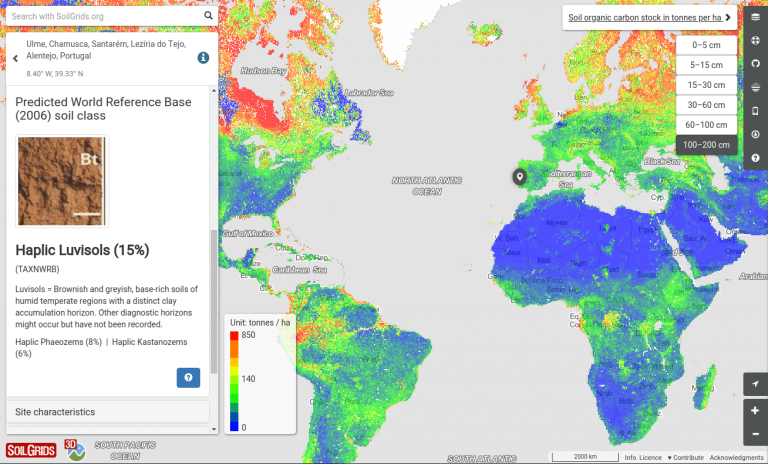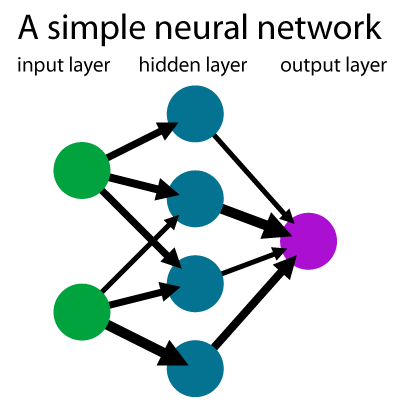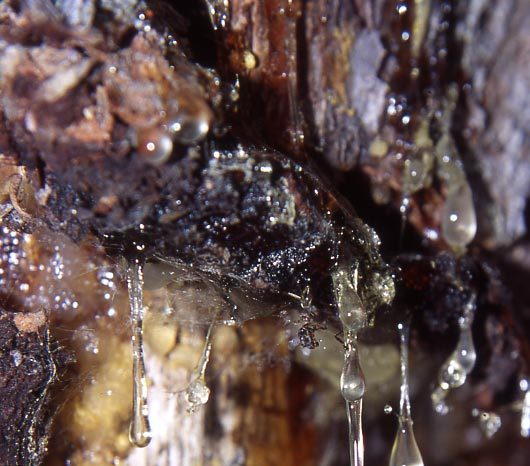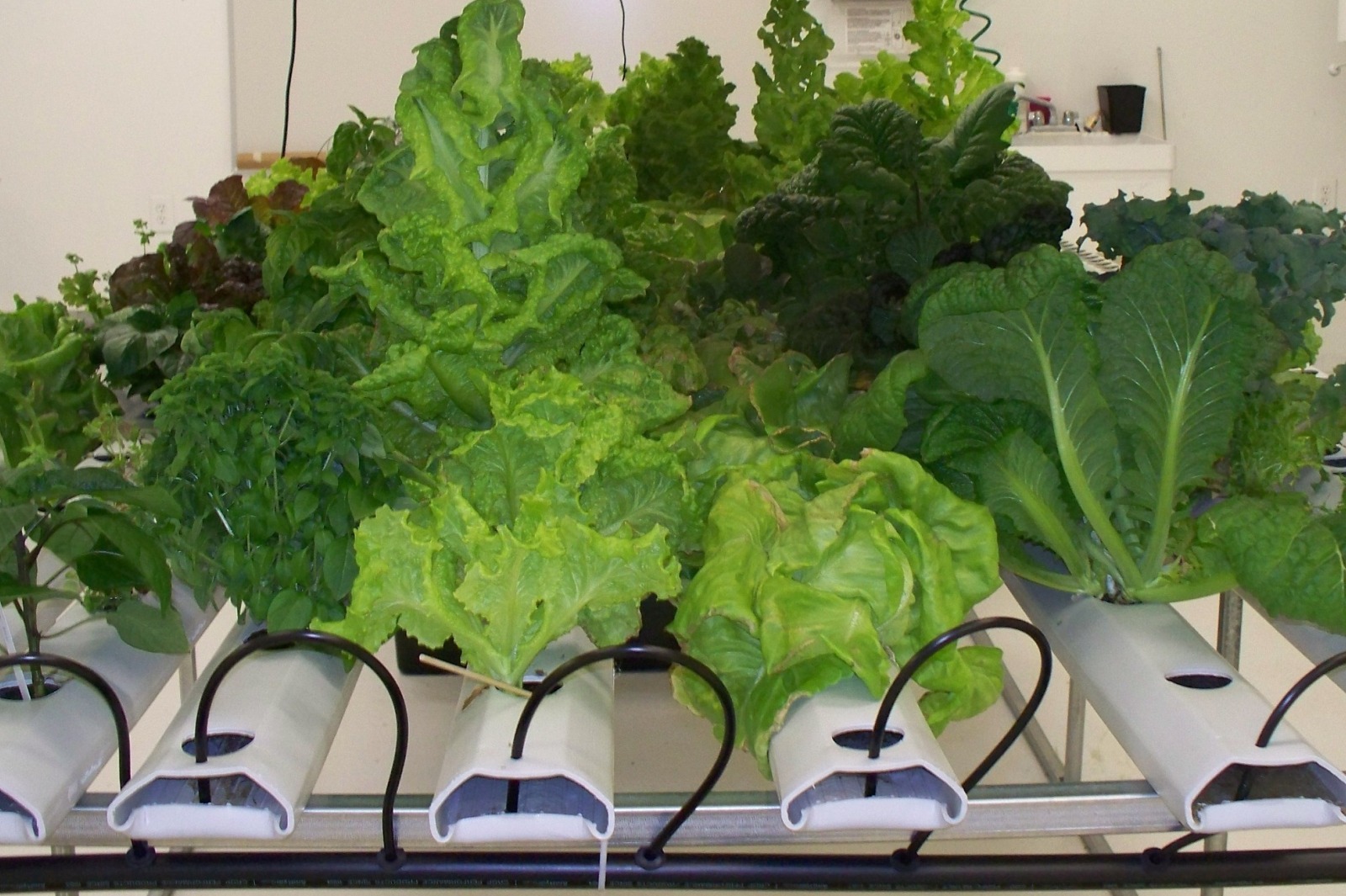There is a challenge under way where the worlds top tech companies are working on finding the best methods for using Artificial Intelligence and automation to grow plants.

“Wageningen University staff enter the greenhouse to do things like remove cucumbers or cut leaves, but an algorithm informed by sensors controls about 20 inputs, such as roof ventilation, artificial lighting, and heating, that affect plant growth.”
The Venture Beat article “Why Microsoft, Tencent, and Intel are growing cucumbers in autonomous greenhouses” goes onto say
“A jury primarily made up of Wageningen University research staff will choose winners based on their resource efficiency, the robustness of their AI model, and the sustainability of methods they use to grow cucumbers.
Cucumbers were chosen as the test crop because of the amount of existing modeling data and know-how available, Hemming said.”
The Challenge issued by the CXO of Tencent:
“The Challenge
The goal of the challenge is to produce a cucumber crop within 4 months inside a greenhouse remotely! Greenhouse space and controls will be provided by WUR and the teams are allowed to provide their own sensors and cameras.Each team will be able to extract necessary data from the greenhouse compartment and add their own ICT/models/machine learning algorithms in order to decide on the control settings for the next day or period.”
The rules can be found here and their goals are listed on the autonomousgreenhouses.com website.


